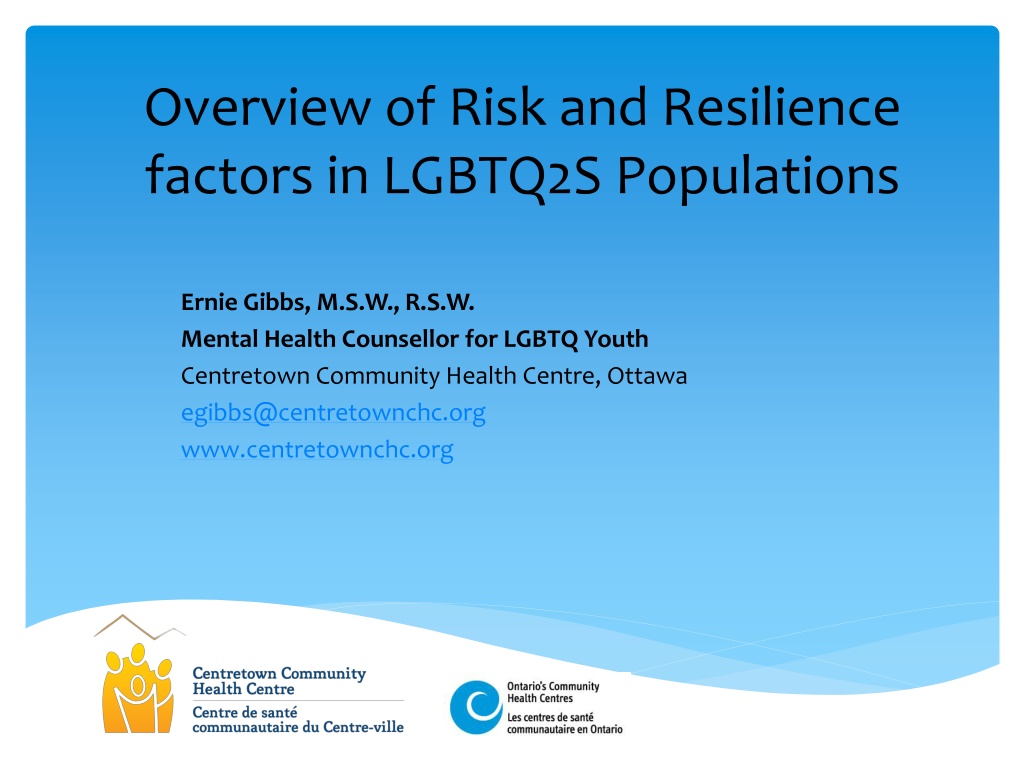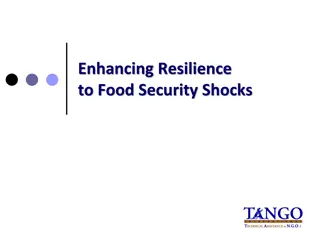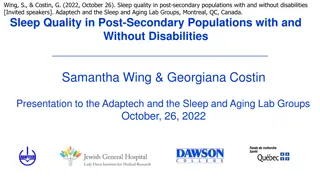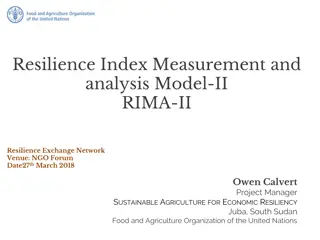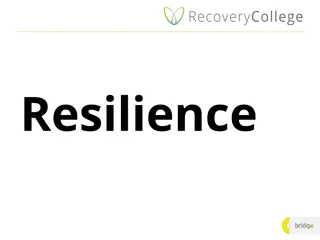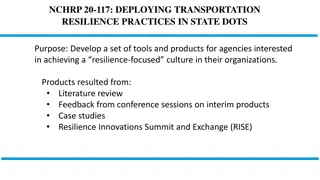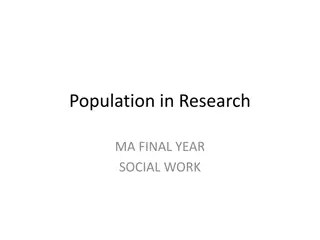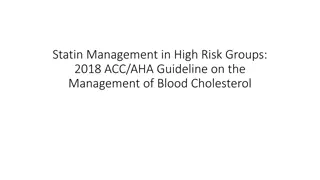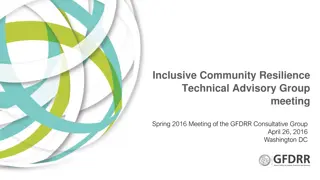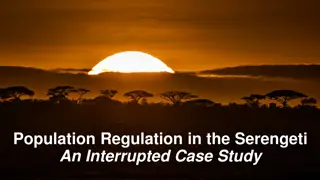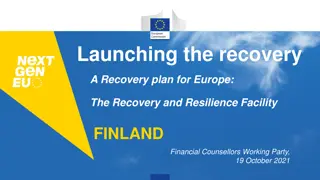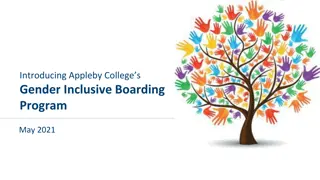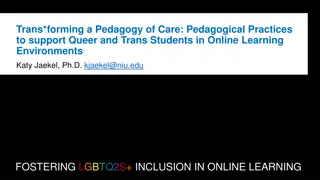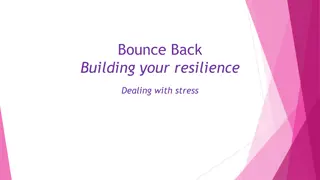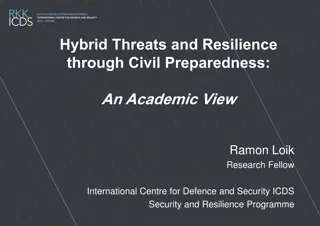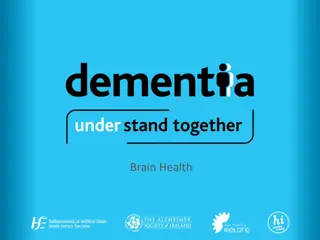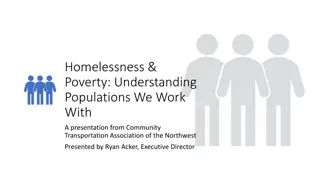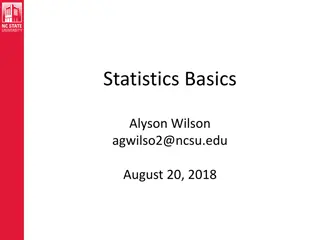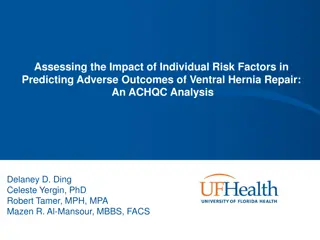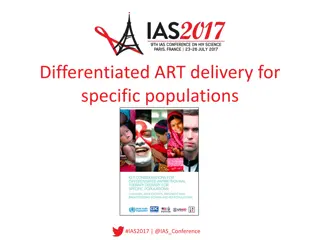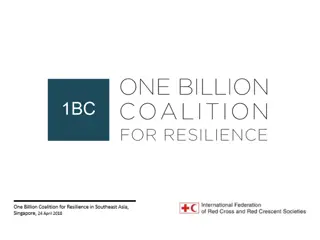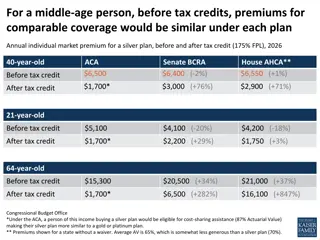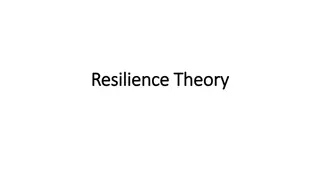Risk and Resilience Factors in LGBTQ2S Populations
This presentation by Ernie Gibbs, a Mental Health Counsellor, explores risk and resilience factors impacting LGBTQ2S youth. It delves into terminology, risk factors like depression and violence, as well as resilience factors such as family acceptance and access to medical transition services. The discussion highlights the high rates of suicidal ideation and behavior among LGBTQ2S youth, emphasizing the need for support and acceptance in diverse settings.
Download Presentation

Please find below an Image/Link to download the presentation.
The content on the website is provided AS IS for your information and personal use only. It may not be sold, licensed, or shared on other websites without obtaining consent from the author. Download presentation by click this link. If you encounter any issues during the download, it is possible that the publisher has removed the file from their server.
E N D
Presentation Transcript
Overview of Risk and Resilience factors in LGBTQ2S Populations Ernie Gibbs, M.S.W., R.S.W. Mental Health Counsellor for LGBTQ Youth Centretown Community Health Centre, Ottawa egibbs@centretownchc.org www.centretownchc.org
LGBTQ2S terminology Lesbian Gay Bisexual Trans Queer 2 Spirit/Two-Spirit Language & terms change overtime and vary regionally Glossary of terms by 519 Centre Toronto https://www.rainbowhealthontario.ca/glossary/
Overview of Risk and Resilience factors LGBTQ2S youth LGBTQ2S Risk factors: Increased risk of depression, suicidality, social isolation, violence (verbal, emotional, physical) LGBTQ2S Resilience factors: Family acceptance, peer acceptance, social belonging, safety and inclusion at school and/or work, trusted adult/mentor, For trans youth - support for social transition (able to dress/present use name and pronouns most comfortable with) and for those who want it having timely access to medical transition services-puberty suppressants and hormone therapy Rainbow Health Ontario Evidence Brief-LGBTQ Youth Suicide. http://www.rainbowhealthontario.ca/resources/rho-fact-sheet-lgbt-youth-suicide/ SAMHSA Practitioners Resource Guide to helping families support LGBTQ children. http://store.samhsa.gov/product/A-Practitioner-s-Resource-Guide-Helping-Families-to-Support-Their-LGBT-Children/PEP14- LGBTKIDS Trans Pulse-Ontario research by trans communities http://transpulseproject.ca/
EGALE Canada LGBTQ Suicide Prevention LGBTQ2S youth experience a high degree of suicidal ideation and behavior; particularly in comparison to their non-LGBTQ2S peers: Approximately half of LGBTQ youth have thought about suicide, and they are about four times more likely to report a suicide attempt than their non- LGBTQ peers (Eisenberg & Resnick 2006; TransPulse 2010; Massachusetts Youth Risk Behavior Survey 2009; Saewyc 2007) Trans and Two Spirit youth experience an elevated risk of suicide in comparison to both the LGB and non LGB community: 47% of trans youth surveyed in Ontario had thought about suicide and 19% had attempted suicide in the past 12 months (Scanlon et al. 2010) In a study in Manitoba and in Northwestern Ontario , 28% of transgender and Two Spirit people reported at least one suicide attempt (Taylor, 2006)
EGALE Canada LGBTQ Youth Suicide Prevention Being LGBTQ is not a risk factor in and of itself for suicide However, the stressors that LGBTQ youth often encounter, such as discrimination, harassment and other negative reactions to their LGBTQ identity and/or expression, are strongly associated with suicidal behavior and risk factors for suicide Adolescent youth who have been rejected by their families for being LGB are over 8 times more likely to attempt suicide then their heterosexual peers (Ryan, Huebner, Diaz & Sanchez, 2009)
EGALE Canada LGBTQ Youth Suicide Prevention Relationship between bullying and suicide risk and mental health The relationship between bullying and suicide is stronger for lesbian, gay, and bisexual youth than for their heterosexual peers (Kim & Leventhal, 2008) Schools that have established GSA clubs and LGBTQ Specific Policies for three years or longer: Reduced the odds of discrimination, suicidal ideation, and suicide attempts among LGB youth by more then half (Saewyc et al. 2014)
EGALE Canada LGBTQ Youth Suicide Prevention EGALE Canada Canada Human Rights Trust www.egale.ca LGBTQ Youth Suicide Prevention Summit 2012:Report on Outcomes and Recommendations Every class in every school: The first national climate survey on homophobia, biphobia, and transphobia in Canadian schools. Final Report. Egale Canada. Webinar by Egale for Mental Health Commission of Canada, key learnings of LGBTQ Youth Suicide Preventions Summits https://www.mentalhealthcommission.ca/sites/default/files/ 2014-10-14_suicide_prevention_webinar_2_0.pdf
Other helpful LGBTQ resources Rainbow Health Ontario Evidence Briefs LGBTQ Youth Suicide https://www.rainbowhealthontario.ca/resources/rho-fact- sheet-lgbt-youth-suicide/ Gender Independent Children https://www.rainbowhealthontario.ca/resources/rho-fact- sheet-gender-independent-children/ SAMHSA-A Practitioner s Resource Guide: Helping Families to Support their LGBT Children https://store.samhsa.gov/product/A-Practitioner-s-Resource- Guide-Helping-Families-to-Support-Their-LGBT- Children/PEP14-LGBTKIDS
